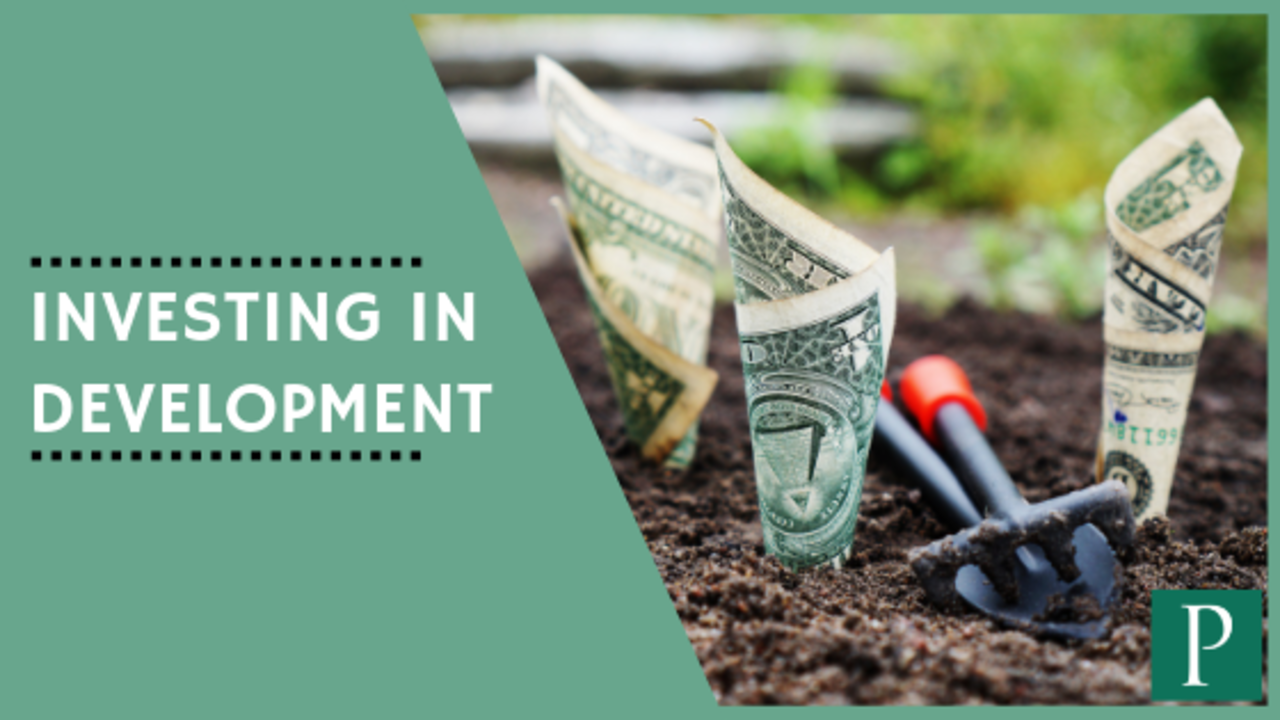10 Benefits of a Fundraising Program for Your Catholic Nonprofit

By Andrew Robison, President of Petrus Development
This post was originally written for the CCMA (Catholic Campus Ministry Association) Fundraising Focus Newsletter.
People often ask if it’s worth starting a fundraising program for their Catholic ministry. While the question seems straightforward, it often boils down to: "What will the return on investment (ROI) be if we start fundraising?"
To help answer this, the Petrus team has put together a list of the top 10 returns on investment that come with developing a strong fundraising program for your ministry.
1. Expand Programming and Reach More Participants
As Mike Perkins, President of Heroic Media, Inc., says, “When you have more money, you can do more ministry.” Ministries with solid financial backing can offer more programs, helping participants grow deeper in their faith. Well-funded ministries often have higher levels of engagement, supported by donors, foundations, and other advocates.
2. Improve Physical Space for Growth
A lack of adequate physical space can limit your organization's potential. Whether the issue is size, location, or outdated facilities, starting a fundraising campaign can provide the resources to make upgrades over time or support a capital campaign for transformational improvements.
3. Grow Your Staff to Better Serve Your Community
Many nonprofits operate with minimal staff, which can hinder their impact. With increased funding, you can bring on more staff. More hands on deck will allow your team to connect more effectively with your community and provide better services.
4. Enjoy the Freedom to Plan Effectively
Ministries that rely on a strong development program are better positioned to plan and execute their mission. A healthy budget allows for more strategic planning, enabling you to focus on what's best for your organization, rather than cutting or delaying programs due to financial constraints.
5. Lower Participation Costs for Events
Even though nonprofits often offer services at no cost, participants may still have to pay for activities like retreats, mission trips, or conferences. Robust fundraising efforts can lower these costs, making events more accessible to all members of your community.
6. Inspire More Vocations
With a stronger ministry program, your organization will offer more opportunities for young people to explore their vocations. This could lead to more faithful Catholic marriages, fulfilling careers, or even vocations to the priesthood or religious life.
7. Build Lifelong Relationships
The people who experience the work your organization does can remain engaged with you through donations. With proper donor stewardship, they can continue to feel connected, contributing financially to the mission they once participated in, fulfilling their call to generosity and stewardship.
8. Create Fulfilled and Engaged Donors
Fundraising is not just about receiving gifts. A well-executed development strategy will lead to more fulfilled donors. Practices such as thank you calls, newsletters, and Matching Gift Programs show donors that their support is valued and makes a tangible impact.
9. Establish Leadership in the Community
A well-funded ministry gains credibility and influence within the wider community. This can lead to stronger partnerships with other local organizations and a more significant role in making strategic decisions that affect your ministry and its members.
10. Say “Yes” to New Opportunities
When nonprofits have the funding, they can be bold and seize new opportunities. Whether it’s launching a new program or expanding your mission, being able to say “yes” to God's calling leads to growth and blessings for both your ministry and those you serve.
If you are feeling called to expand the fundraising efforts of your nonprofit take a look at the resources that Petrus Development offers.
Andrew N. Robison is President of Petrus Development. He has worked for over 13 years in development roles in Catholic campus ministry, higher education and academic medicine. Andrew works with organizations of all sizes to build sustainable development programs that allow them to better serve their constituencies.
READY TO BECOME A BETTER FUNDRAISER?
Sign up below to receive tools, ideas, and inspiration to take your development efforts to the next level.
We hate SPAM. We will never sell your information, for any reason.


